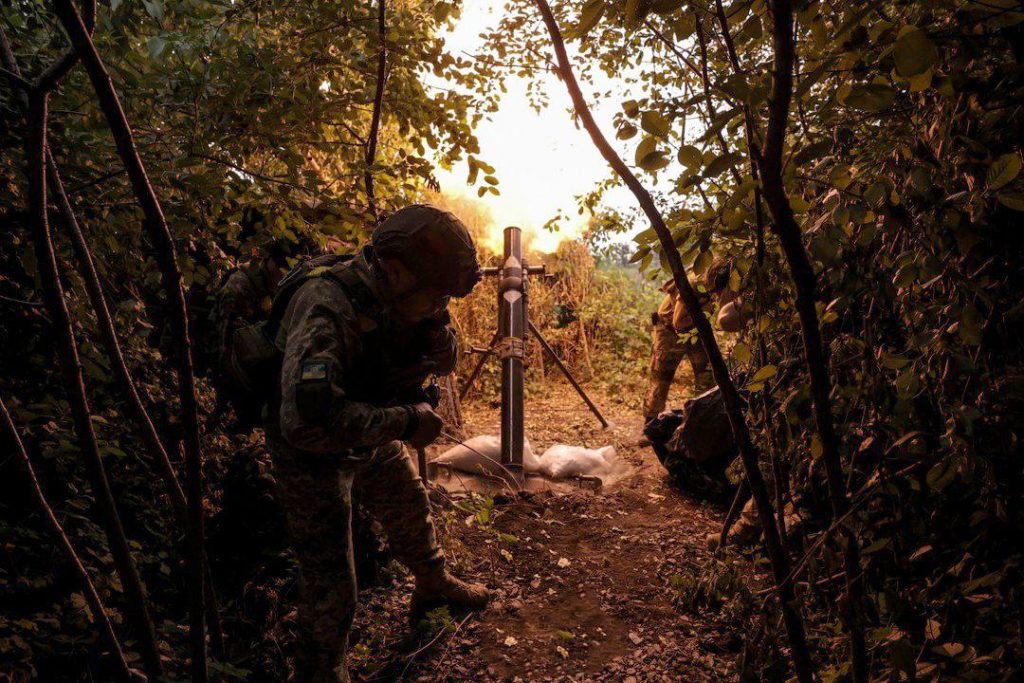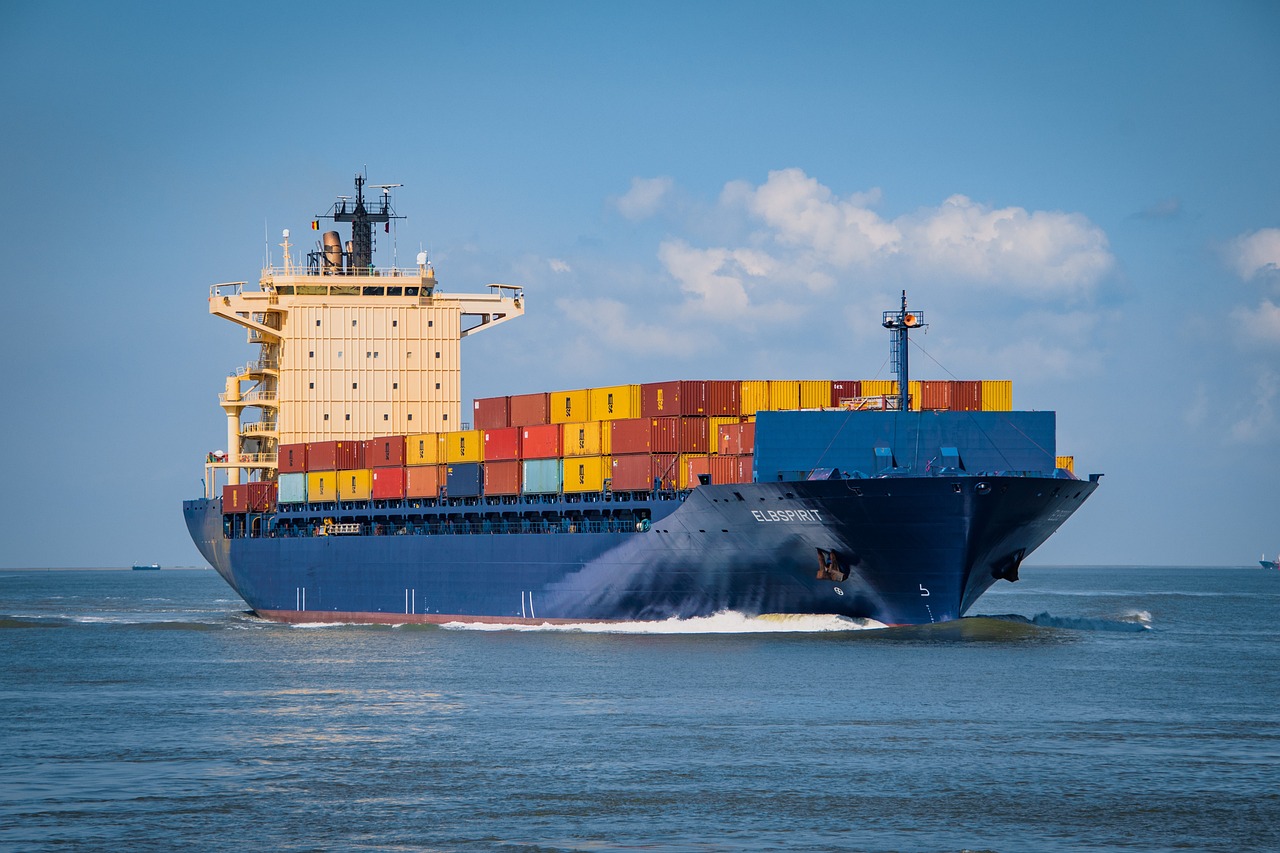Russia captures 490 square kilometers of Ukrainian land in October 2024, largest gain since counteroffensive launched in 2023
The 490 square kilometers of Ukrainian land occupied by Russian forces in October 2024 represents the largest gain since the onset of the counteroffensive, but experts stress that assessing military success requires a deeper look at resource management, troop readiness, and strategic use of human potential.


In October 2024, Russian invaders occupied 490 square kilometers of Ukrainian land, the largest territorial gain since the beginning of Russia’s counteroffensive, which has been ongoing since October of the previous year, according to DeepState.
The situation on the Ukrainian front lines remains intense as of November 2024, with ongoing combat across multiple fronts, particularly in the Kurakhove and Lyman areas. Ukrainian forces are facing increased Russian artillery shelling, especially in the Sumy and Kharkiv oblasts, while also repelling numerous assaults in Kharkiv Oblast, including near Vovchansk. Russian losses are exceeding 1,300 soldiers in a single day, and overall casualties surpassing 700,000 since the all-out began. Despite losses, Russia managed to achieve territorial gains in eastern Ukraine.
DeepState experts note that social media widely discusses the scale of territorial losses by Ukraine’s Defense Forces. However, military analysts say that territory alone should not be the sole measure of success.
“After all, it is people who are fighting, and they are the guarantee of the army’s stability and its potential to resist,” they said.
They also say that one can direct the efforts of several brigades to a single settlement and, with maximum losses, hold a minimal area. Such a strategy can not be successful.
The counteroffensive of 2023, in particular, showed that effectiveness depends on the capabilities of the military-industrial complex and the training level of mobilized troops.
“The bloody lesson of the 2023 counteroffensive taught us that the key indicators are the capabilities of the military-industrial complex, the level of training of the mobilized, the degree of mechanization, the ability to carry out long-range strikes, and, most importantly, the rational use of human potential. Unfortunately, the latter is becoming our weak spot,” experts believe.
At the same time, the Russian forces are learning from their mistakes: their units are undergoing additional training, and rotations are regularly conducted.
“Previously, meat-grinder units were the hallmark of their army, but now, more and more frequently, their regiments and brigades spend additional weeks and months training their personnel. The large number of personnel allows for regular rotations every one or two months,” writes DeepState.
Meanwhile, Ukrainian brigades, fighting since February 2022, struggle to ensure such frequent rotations. The newly formed 150th brigades have not yet reached the level of those that fought in 2023, and there are concerning thoughts about future units.
“It is frightening to think about the fate of the 160th brigade, which is already known to the public,” analysts note.
They add that while the area of lost territory is important, it is only one of the criteria for assessing the army’s combat readiness. For example, if in October 2022, the Russians could advance with four companies towards Novomykhailivka, now this has become a much more difficult task for them.
Read more:
- What is Azov Regiment? Honest answers to the most common questions
- Russian attack cuts power to 37,000 in Ukraine’s Sumy Oblast as temps drop to +2°C/36°F
- Russia launches 135 explosive drones, Ukraine downs 80 UAVs, 44 more crash
- How the West enabled genocide in Mariupol with its misguided Azov obsession
- “It was hell.” Civilians evacuated from Mariupol tell of survival, Russian filtration camps, and death



